The Merits of the Marsh
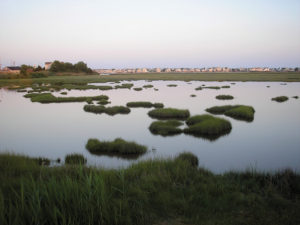 Wetlands are incredibly important and biologically diverse ecosystems. Many species of plants and animals spend their entire lives in wetlands. Many others find food in wetlands, use them as nesting or nursery grounds or stop in them to rest during migration.
Wetlands are incredibly important and biologically diverse ecosystems. Many species of plants and animals spend their entire lives in wetlands. Many others find food in wetlands, use them as nesting or nursery grounds or stop in them to rest during migration.
Wetlands help to maintain water quality and marsh grasses slow run-off and allow sediments to fall out of suspension. Marsh plants remove excess nutrients and marsh mud can remove toxic heavy metals from the water. Wetlands help to control floods and reduce erosion during storms. Coastal wetlands provide valuable open space for recreation, education and research, while at the same time protecting the mainland from the destructive power of storm waves.
At The Wetlands Institute, we seek to have the salt marsh be a place of inspiration and exploration for both children and adults. So stop in for a visit, take a stroll along the walkway, and enjoy your self-guided exploration of the salt marsh.
Wetland Ecosystem Research and Conservation
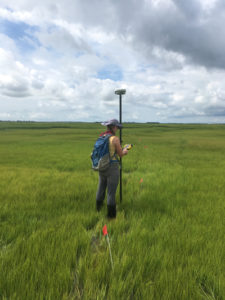 Scientists at The Wetlands Institute (TWI) work every day to help ensure that our marshes and the plants and animals that rely on them are here for generations to come. Environmentalists, biologists, and others concerned about the health of the planet and its inhabitants recognize the critical role wetlands play for life on Earth. Wetlands contain a disproportionately high number of plants and animals compared to other areas and serve a variety of ecological services. They buffer coastal communities from storms, trap and lessen floodwaters, and provide fish and wildlife habitat. Wetlands are also key drivers of local economies given their importance to agriculture, recreation, and fisheries. As sea level and coastal storm intensity increases, marshes and coastal resources are being increasingly called upon to provide resilience to our communities. They are also changing under these stresses. Nationally, more than 50% of wetlands have been lost. In New Jersey, more than 40% are gone.
Scientists at The Wetlands Institute (TWI) work every day to help ensure that our marshes and the plants and animals that rely on them are here for generations to come. Environmentalists, biologists, and others concerned about the health of the planet and its inhabitants recognize the critical role wetlands play for life on Earth. Wetlands contain a disproportionately high number of plants and animals compared to other areas and serve a variety of ecological services. They buffer coastal communities from storms, trap and lessen floodwaters, and provide fish and wildlife habitat. Wetlands are also key drivers of local economies given their importance to agriculture, recreation, and fisheries. As sea level and coastal storm intensity increases, marshes and coastal resources are being increasingly called upon to provide resilience to our communities. They are also changing under these stresses. Nationally, more than 50% of wetlands have been lost. In New Jersey, more than 40% are gone.
Wetlands and coastal ecosystems are incredibly dynamic and change is a constant characteristic of them. However, superimposed on the rhythmic changes of marsh and coastal ecosystems are intensified pressures related to climate change, sea level rise, and continually expanding and intensifying human use of these resources. As the intensity of coastal storms increases and coastal communities become more vulnerable, calls for fortification are increasing. Building coastal resilience will undoubtedly impact natural areas and the plants and animals that contribute to their function. Our understanding of these ecosystems and the wildlife that are dependent upon them may ultimately be the difference in the success of coastal resilience measures.
Coastal Sustainability and Wetland Health Program
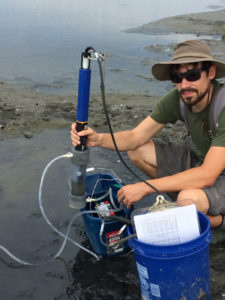 Observations being made by Institute scientists reveal troubling impacts from flooding. Thanks to generous grants from The Davenport Family Foundation, TWI was able to install wetland elevation monitoring stations that allow for precision measurement of the marsh surface elevation. Three marsh elevation platforms were installed in spring 2016 in various marsh locations at the Institute. With marsh elevation monitoring platforms installed, we have begun baseline monitoring of elevation, vegetation, and water quality. Wetland plants are very sensitive to water depth and maintain maximum growth potential over a very narrow range of water depths. Thus, these stations enable researchers to understand how the marsh is responding to increased flooding under accelerating sea level rise and increased intensity of coastal storms.
Observations being made by Institute scientists reveal troubling impacts from flooding. Thanks to generous grants from The Davenport Family Foundation, TWI was able to install wetland elevation monitoring stations that allow for precision measurement of the marsh surface elevation. Three marsh elevation platforms were installed in spring 2016 in various marsh locations at the Institute. With marsh elevation monitoring platforms installed, we have begun baseline monitoring of elevation, vegetation, and water quality. Wetland plants are very sensitive to water depth and maintain maximum growth potential over a very narrow range of water depths. Thus, these stations enable researchers to understand how the marsh is responding to increased flooding under accelerating sea level rise and increased intensity of coastal storms.
Coordinated surveys of saltmarsh-dependent animals is helping to elucidate how sea-level rise and coastal flooding are impacting local populations. The health of coastal bird and diamondback terrapin populations are tightly linked to the condition of coastal marsh systems. Thus, changes in population size, habitat use, and reproductive success of these species can indicate changes within the saltmarsh. This work will build on decade’s long projects conducted by TWI on the local saltmarsh communities providing opportunities for change assessments.
Thanks to generous grants from the Leff Family Foundation, the Davenport Family Foundation, the Ward Family Foundation, and Arctos Foundation, The Wetlands Institute will continue to monitor the marshes and several key marsh-dependent birds and diamondback terrapins.
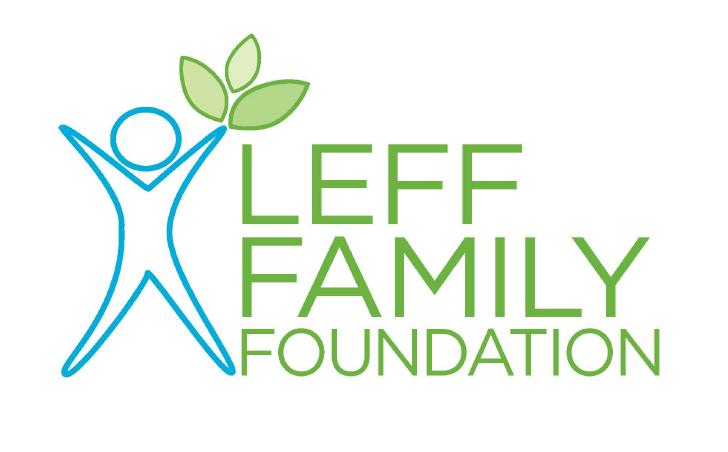
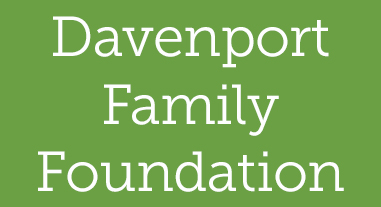


Can Dredge Materials be Beneficial to Marshes?
Click to read the article by Dr. Lenore Tedesco
